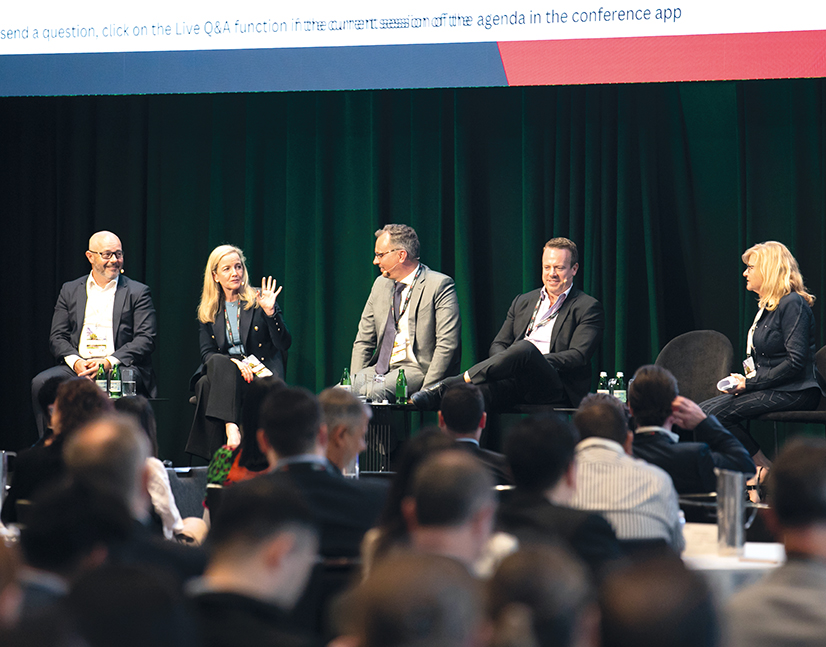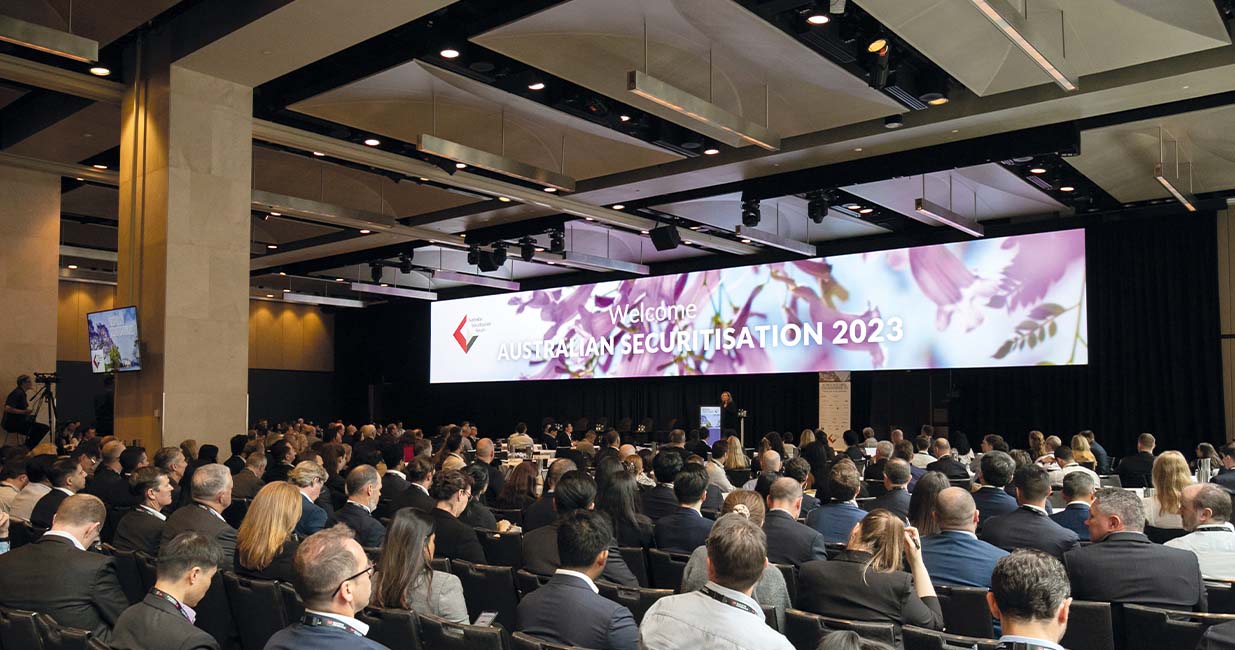
Securitisation builds an audience for its diversity story
The Australian Securitisation Forum’s 2023 annual conference attracted a record number of delegates – well over a thousand attended – and offered its most wide-ranging agenda ever. The securitisation industry has navigated higher rates and increasing global uncertainty well to date, with record volume printing in 2023 and a notable uptick in collateral diversity. The road ahead may be tricky but the market is facing it with confidence.
“In Australia, we are witnessing the two arms of policy working in tandem. We are not witnessing this in the US and my general impression is that New Zealand’s previous government had been more in a world of working against monetary policy action. Trying to get a better balance of supply and demand – which is what the RBA is seeking – is easier when fiscal policy is also taking income out of the household sector."
"This is what a soft landing looks like – it doesn’t feel like a recession but it is hard going. Whether the RBNZ has done enough to get inflation down is still a live question, and the OCR could still go higher. But that is not where the market is: it is keen on price cuts."
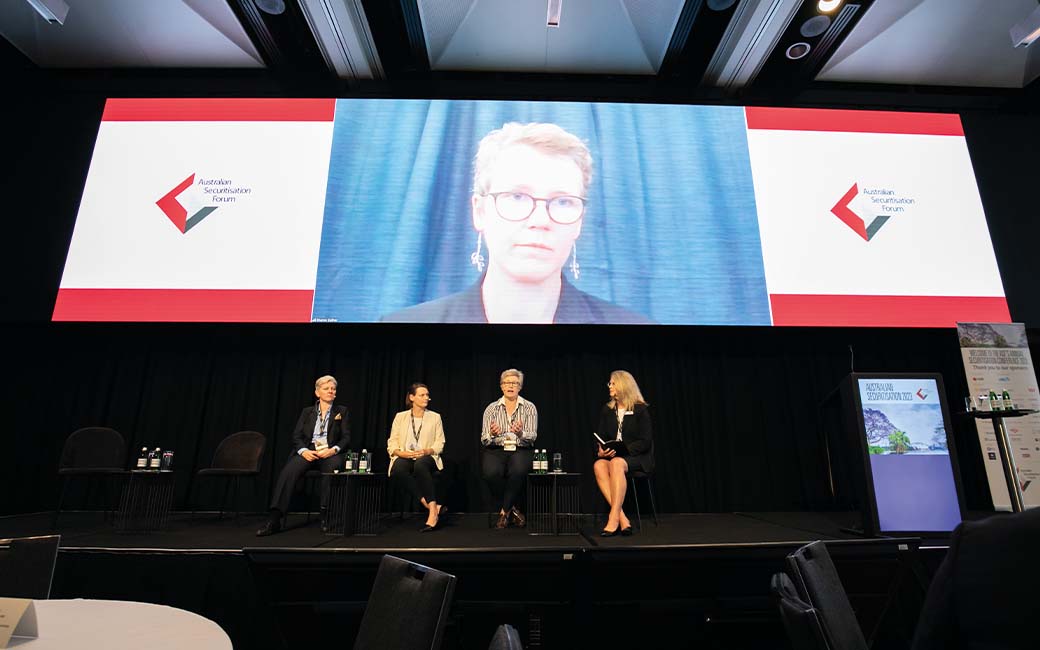
“There is huge demand for housing and, in the short run, there is not a lot we can do to increase supply. On one hand is migration, which will ease but will remain quite robust. On the other hand, not much is going to change on the supply side, at least over the next 18 months. Overall, the housing market is going to be well supported.”
“We have observed very good secondary liquidity for RMBS. There has been a lot of primary volume, which indicates a lot of demand for this asset class. With pre-placement of notes across the capital structure prevalent and these notes not available for all investors, there is increased demand in secondary – which is possibly driving demand and putting pressure on spreads.”
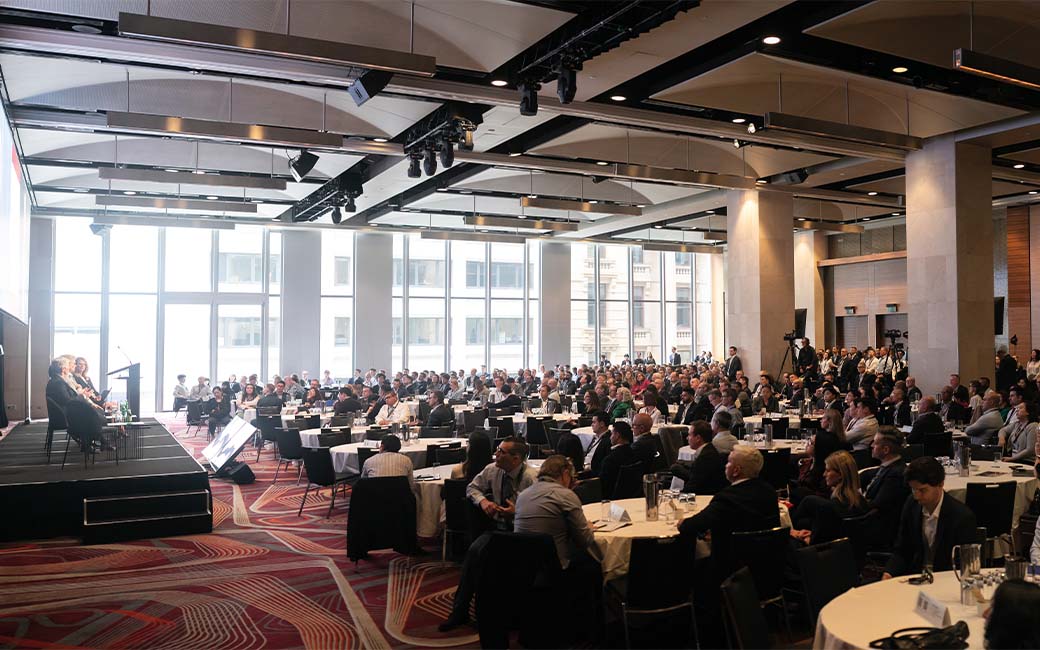
“There are a lot of myths and misunderstandings about the need for EV charging infrastructure. Generally, the range of an EV is approximately 400 kilometres and, with the average daily commute in Australia being about 30 kilometres, an EV owner typically only needs to charge once a week. This is reasonably easy to factor into the driver’s plans.”
“Early in the year, credit markets were affected by events such as Silicon Valley Bank and Credit Suisse. This was followed by an increased number of private deals. More recently, credit spreads tightened in the second half of this year – albeit coming off elevated levels – and, as we approach year end, we are experiencing strong flow of public transactions.”
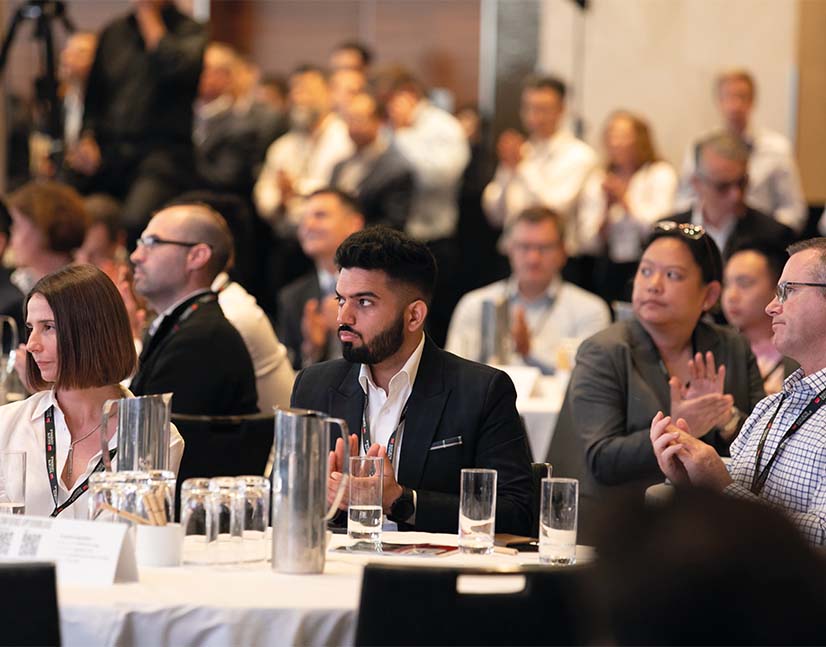
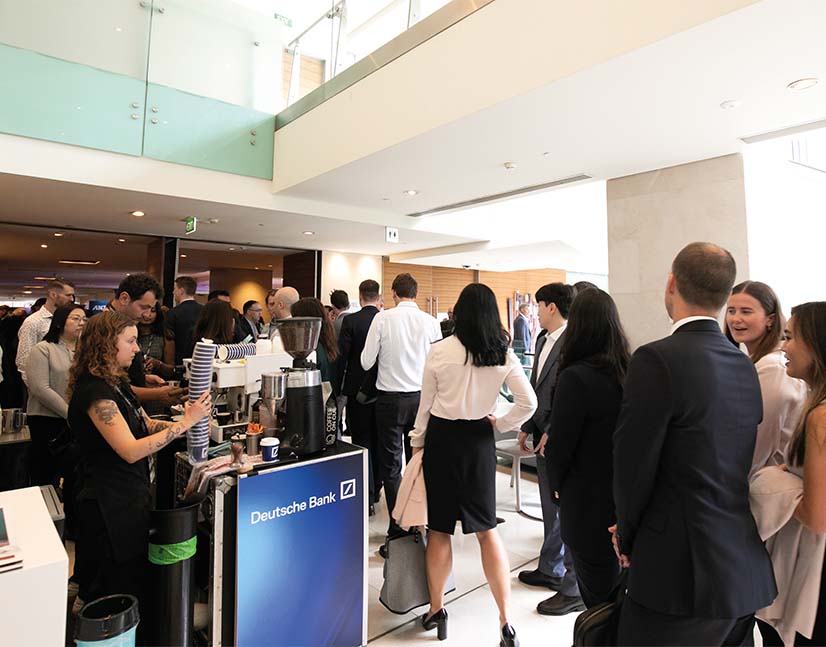
“There is a range of considerations for fleets and individual owners when it comes to charging EVs. Individuals have to think about whether home charging is possible and, if not, the reliability of public chargers – where they are and how many there are, how many might be broken, charging time, how long the wait is. Fleets have an added dimension of whether to install chargers at work or an employee’s home – and, if at home, things like what to do when that person resigns, OHS considerations and electricity cost apportionment.”
“In global markets, partnership between a state-owned green bank, a traditional bank, investors and a borrower can in many cases be a game changer when it comes to building a pipeline of transactions and, eventually, coming to public markets. The state-owned green banks, multilaterals and development banks generally have a very different remit that covers debt and equity, and focuses on crowding-in capital.”
“The EV novated leases we have written have predominantly been for Telsa vehicles – a lot of the issues we have in Australia relate to the limited number of EV makes and models presently available. While some higher-paid workers can afford these, vehicles in this price range are not going to be the average car on the road in Australia. We need a variety of EV models at different price points and clear government policy to support this.”
“There is an ongoing game of catch-up as originators and issuers figure out how to meet rising sustainable finance standards and how to bring together the required assets. This is particularly true in the securitisation space. However, we are getting there: a lot of progress is being made and there are exciting developments in the pipeline.”
“Generally, the corporate sector is lagging the consumer in EV takeup. The headline numbers of vehicle sales are up to about 10 per cent, which is awesome. But digging a little deeper, the data show that the fleet figures include novated leasing – which is really for personal use. In fact, corporate fleets are actually only about 15 per cent of the 10 per cent where the average for Australian new vehicle sales is about 50-50 for private versus fleet.”
“ING discussed internally how it could make a green securitisation for several years. It seemed the right pathway for a global systemically important bank given its green issuance in other formats since 2015. Transition risk was a large concern, so aligning with the most current European guidance, structuring with a revolving pool and exploring programmatic issuance for use of proceeds were all strong considerations when Green Lion Trust 2023-1 RMBS was delivered to the market in September.”
"We have been dealing with a lot of macro issues including high interest rates, geopolitical issues and exogenous shocks. However, we have been able to weather the storm pretty well. It is not really stopping the market, as was the case during COVID-19 or with the Russia-Ukraine war. Investors have been able to compartmentalise what is going on and, while they understand that there are not going to be quick fixes, they are able to work through the issues and connect to transactions.”
“The thing about a soft landing is that the economy lands in the same place as a hard landing – it just takes longer to get there. The speed at which we get there is going to be critically important for consumers. We have published scenario analyses exploring what will happen to ratings if defaults and delinquencies get worse – but there is typically a lot of buffer in investment-grade tranches and above.”
“There was something of a stress test last year n the form of LDI selling in the UK. A number of sellers used a range of securitsations including European CLOs, and UK and Australian RMBS to attain liquidity in this event. The outcome proved to me that there is at least a decent amount of liquidity in the Australian RMBS market."
“The zeitgeist among the Biden regulatory apparatus is that this is their second bite at the apple to finalise all the things they ran out of time to get done or didn’t get done quite as aggressively as they wanted in 2009 and 2010. I take issue with this premise and have expressed as much in person, but this is the view they have. They have used the Silicon Valley Bank failure, and subsequent California regional bank failures, as a pretext to open these things back up.”
“A period of intense competition in mortgage markets has eased... with fewer cash-backs on offer for mortgage refinancers and variable housing loan rates for new loans edging higher by more than the cash rate. The banks’ funding cost advantage over nonbanks has also diminished somewhat thanks to higher deposit rates, as customers switch from at call to term deposits, and a narrowing in RMBS spreads.”
“Mortgage asset quality after 13 RBA rate rises has certainly been front of mind. A lot of the commentary has focused on the ‘mortgage cliff’ – or, perhaps I should say, the expected mortgage cliff. The expiry of around A$400 billion of fixed-rate loans, turbocharged by cheap funding available to ADIs via the RBA’s term funding facility, has yet to result in any notable uptick in stress.”
“Two-thirds of data breach incidents involve a third party. I knew it would be a lot, but this is extremely high – and it gets me thinking about what to do about it. I don’t think there is a third-party provider that will care about an organisation’s data quite as much as those within it will. What third parties do care about is their reputation.”
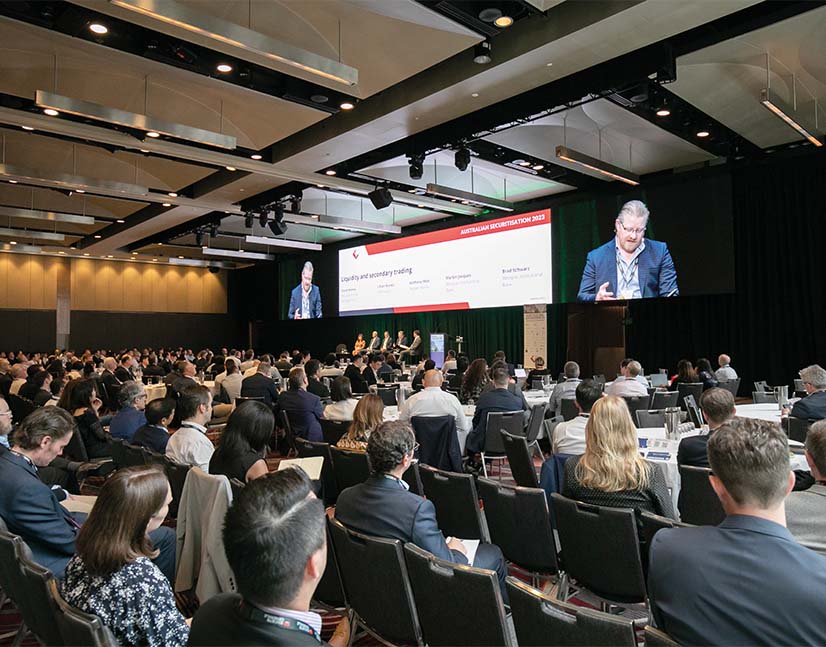
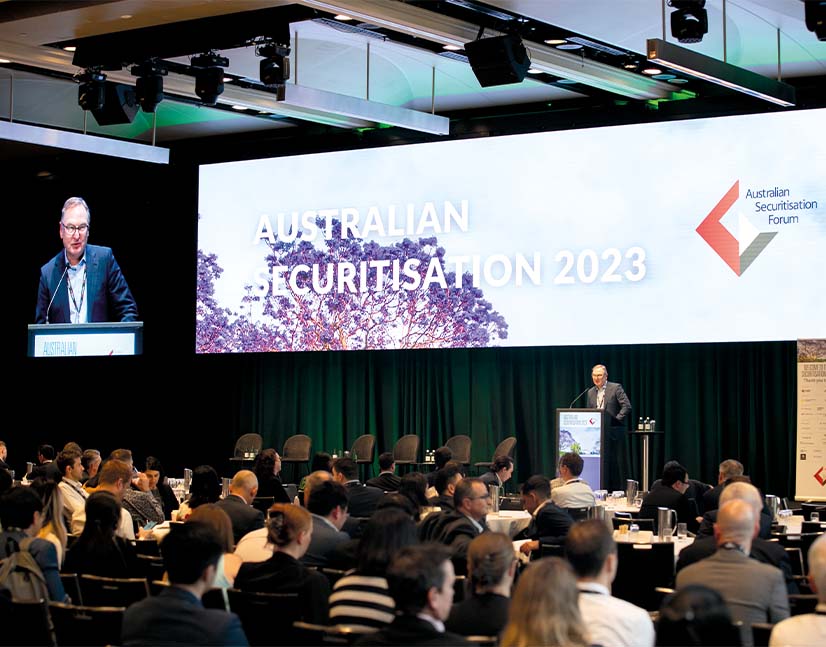
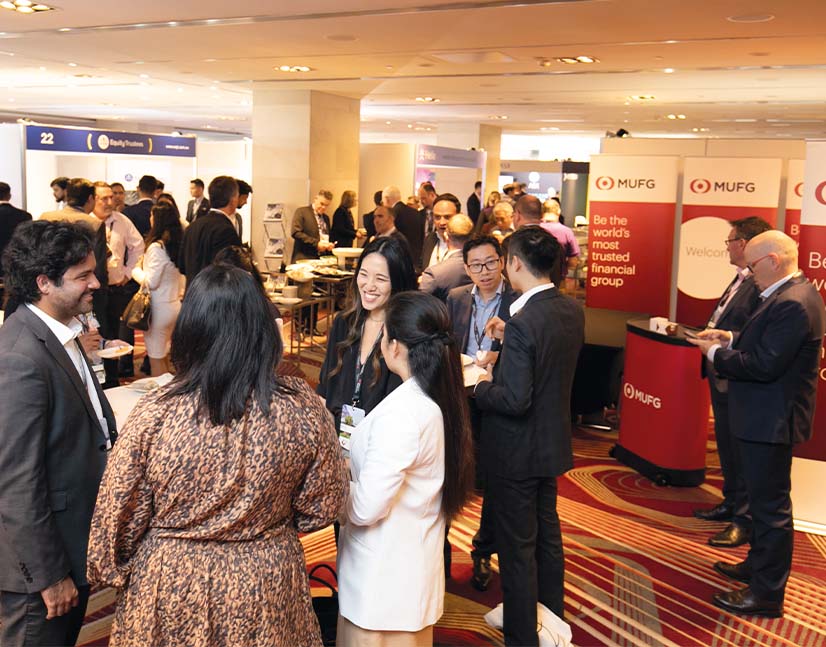

“We started investor engagement work quite early on – as the business was developing and launching the new brand and products. This was a global education process with potential investors. I am confident that this engagement was in part directly responsible for our debut RMBS transaction upsizing to A$500 million from A$400 million.”
“Unlike the auto leasing market, which the majors have mostly withdrawn from, SME lending remains a focus for major banks. Nonetheless, the approach the majors take to SME lending is driven by capital and system constraints – which means there is a section of the SME market whose needs are not being met.”
“We spend time with investors and banks explaining the quality of the SME asset class and its long-run performance. It is a game of inches, really, and spending time with investors is key. It will snowball as more trades get into market – this will bring more investors into future transactions and SME ABS will become a more widely understood asset class.”
“Lenders’ path to profitability has changed a lot over the past couple of years. We started doing business in 2016, when the market share of nonbanks was very low compared with pre-financial-crisis levels. We have been through a catch-up exercise where the potential for growth was huge. It is still there, but at a much slower pace.”
“One thing we have noticed in the past 1218 months, especially as other banks have returned to the RMBS market, is that pre-placements have started to play a critical role in execution. This suggests to us that investors require a level of certainty when it comes to pricing, volume and deal timing.”
“With different pockets of our capital stack, we have become a part of conversations much earlier than was historically the case – well in advance of syndication. As we assemble more pieces of this puzzle, we like to think we can indicate where we have comfort and available capital for an entire capital stack from a certain rating level down. This is the end state for us – a work in progress that falls under the guise of private placements.”
“When starting up and trying to scale a business, the originations that can be obtained from the market are primarily through brokers – because the first thing brokers want to do is send a bunch of deals they cannot place anywhere else. There is a reason they cannot place them anywhere else. The startup’s job is to educate the broker community with what it wants for its credit profile and price point. This is a long, arduous process.”
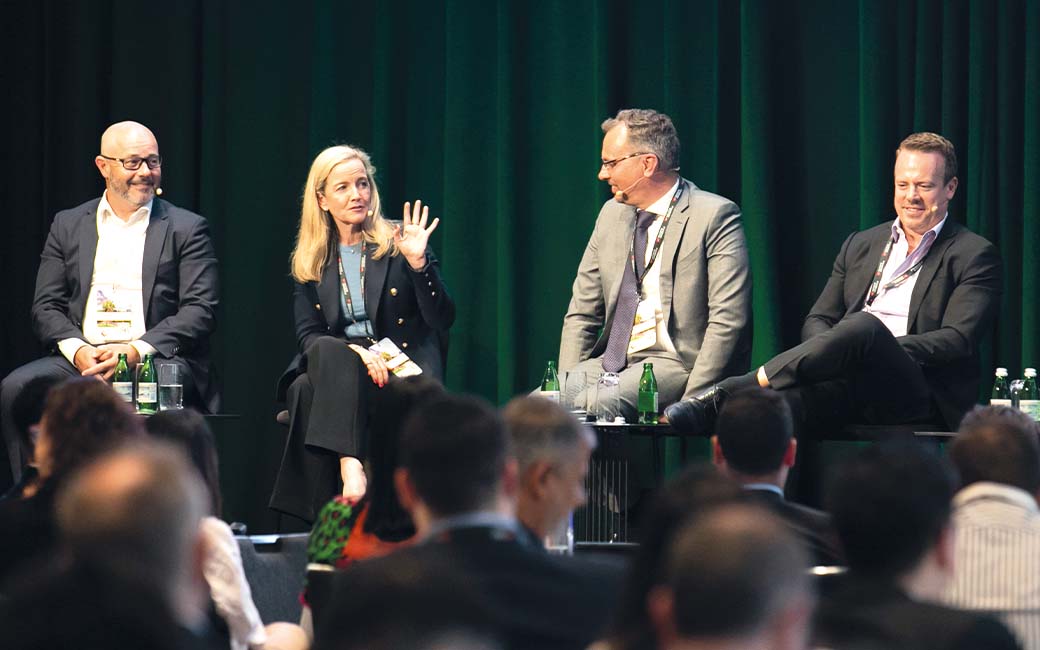
“Before rates started going up there were really great, small, new fintech-oriented lending businesses that were building great momentum under a proposition that said these lenders could offer better optics and technology, be faster and give benefits to the customer. It is an excellent strategy, but to be successful it needs cheap, predictable liquidity. Rising interest rates result in the exact opposite conditions.”
“In 2020, the focus was on top-line growth. Now it is about profitability. The nonbanks that focus on this, and keep funding lines in place, will be the ones that are still around and will even be able to buy others.”
“It is important for us to be a self-sustaining business. Hitting the milestone group profitability this quarter is really important for us. It is not that equity capital markets would not support us – there would be interest to support equity in Zip Co – but it is important that we demonstrate sustainable and profitable growth so we can fund growth ourselves."
“Some banks say the fixed-rate loans that have gone to variable are performing better than loans to borrowers who have been variable the whole time. The shock is not the primary factor but rather that these borrowers have been on lower rates for a long period and are in a much
better position because of it.”
“Some entities nowadays are profitable, albeit marginally, and scalable – or already have big books – but are effectively stuck in the mud. At the moment, equity is either too high risk, not available or the dilution to existing shareholders is too big. These lenders must think about other strategies, such as whole loan sales.”
"The relationship between treasurers and investors has never been so important. From an arranger’s perspective, it has created an interesting dynamic where the normal syndicate process of building a deal has changed a little over the course of the last 12 months. I think it will continue to evolve.”
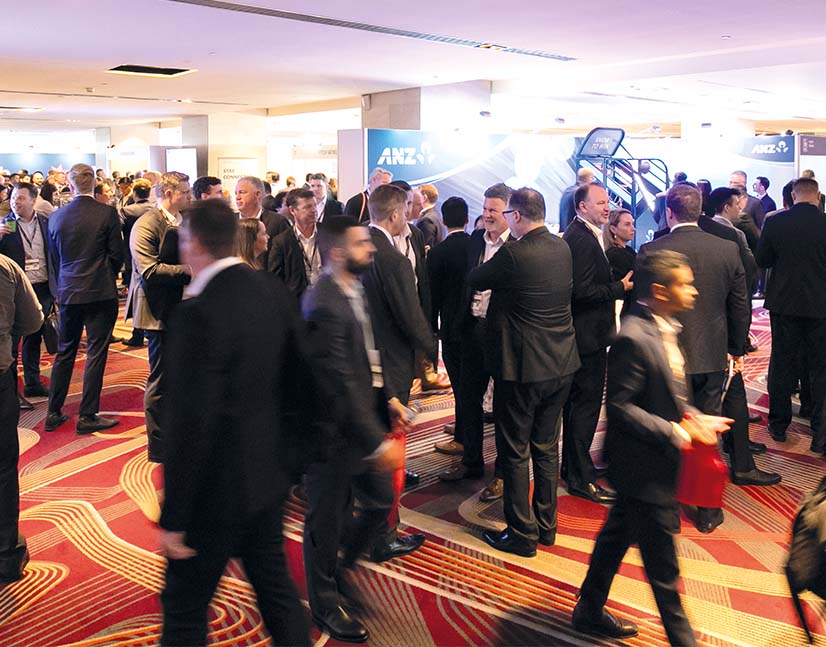

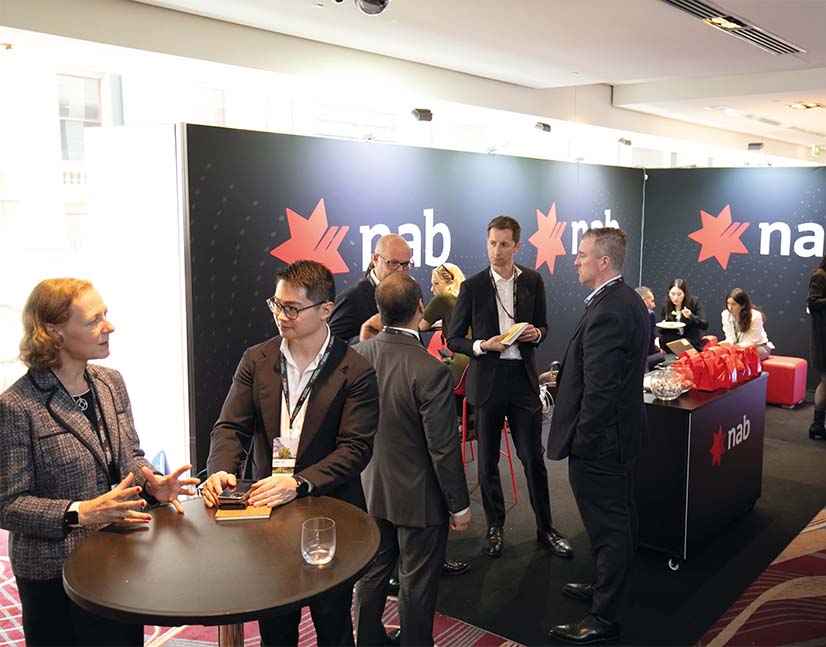
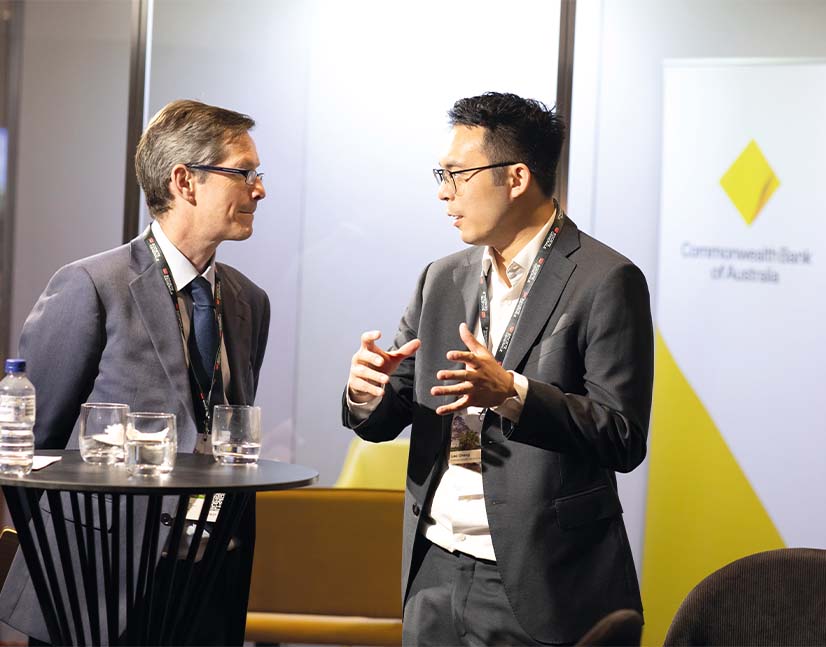
“In my opinion, most Japanese investors are facing a dilemma. They know they should pay attention to future rate hikes, but at the same time they are accustomed to the prolonged low interest rate situation and expect the BOJ’s monetary easing policy will continue for the time being. They are seeking profitability and want to avoid mark-tomarket risk. I think securitisations with floating rates or shorter tenors are one of the best options we can take.”
“Despite volatility in 2023, the auto ABS market has proved to be resilient with stable performance and growing issuance volume. Early next year, the Australian Securitisation Forum and Moody’s Analytics plan to launch an Auto ABS performance tracker, subject to certain eligibility criteria. The tracker will cover public auto ABS transactions in Australia, regardless of whether they are rated by Moody’s or by any other rating agency.”

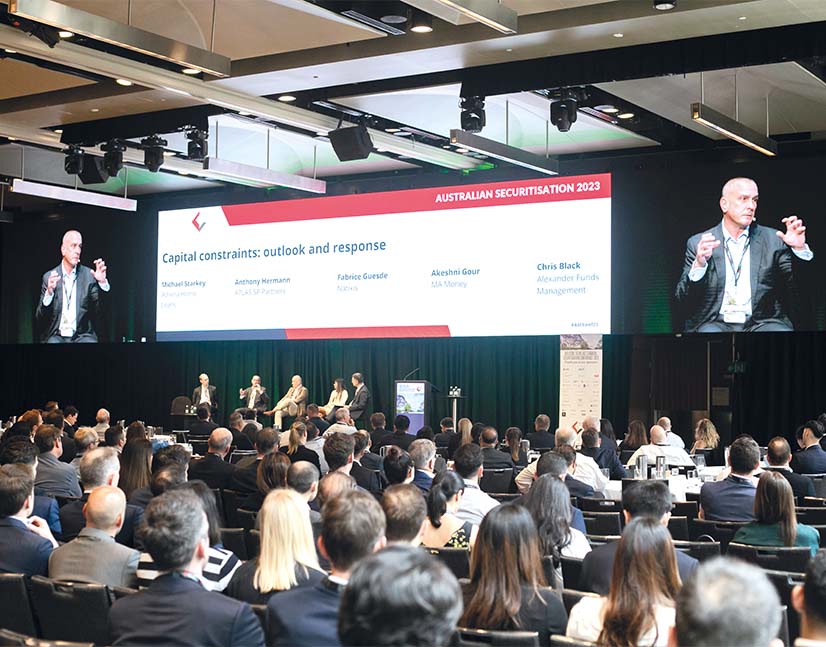
“Investors love our product in times when things look shaky elsewhere. In our second transaction, there was a challenging market backdrop yet we were able to attract a book of A$2 billion – which was a fabulous result. It shows there is now real demand for Australian ABS regardless of market conditions.”
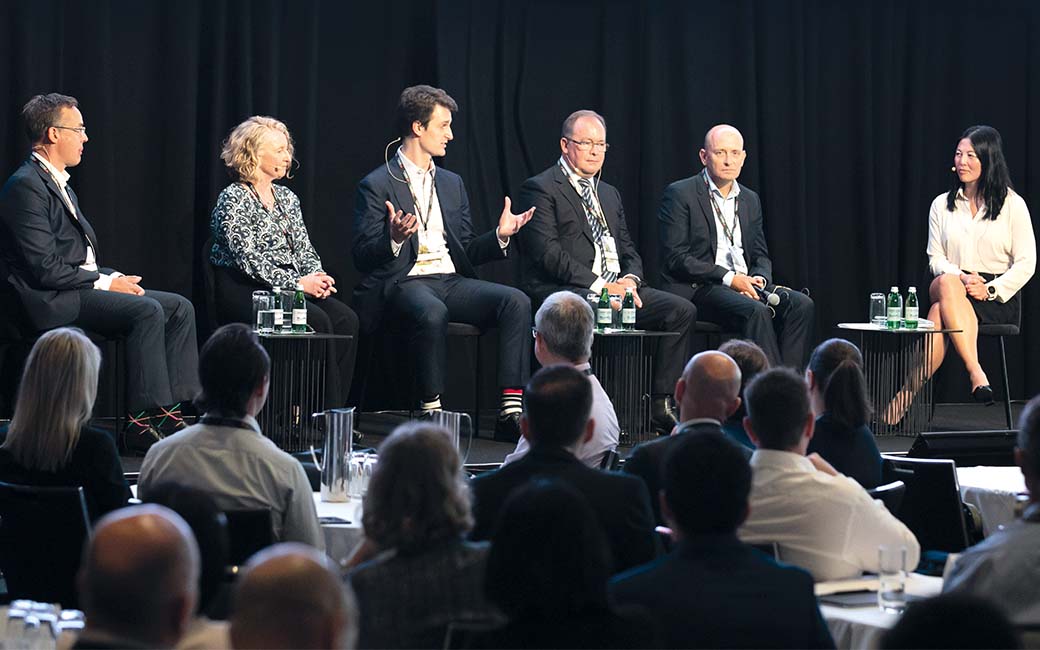
“After starting the year cautiously optimistic, we have ended up very proud of what we have been able to do: six ABS transactions for A$5.8 billion, which is a record for us as an organisation. We received some very robust feedback from investors about being crowded out of private transactions and since then we have been able to bring three further deals, all in public format.”
“The mezzanine ABS market has been fantastic. There has been oversubscription across the stack in most if not all transactions, from double-A right down to equity in some cases. The biggest challenge has been domestic investors’ engagement with triple-A notes – a lot of investors are still focused on the RMBS sector.”
“Mezzanine demand has been volatile but the investor base is more diverse. Gone are the days of Australia’s securitisation market being able to call on a tiny group of investors to cover an issuer’s mezzanine requirement for the whole year. This is ultimately a good thing, but the market is going through something of a transition and there will be challenges for issuers at times while it does so.”
“We reward early indications that help us get a transaction started. We must be fair and it depends on whether a deal is highly oversubscribed, but it is about rewarding longer-term relationships and ensuring fairness. We hope to issue through the cycle so we need our investors to come back time and time again.”
“Over the 12-month period when the RMBS market was very challenging, transactions were largely private trades – by necessity. This created quite a lot of angst for investors and, as an issuer, we would never choose to do a private trade – we would always much rather do a public transaction. The market is now in a much better state, to the point where issuers can put out broadly offered public trades.”
“One of the themes that came from a lot of issuers this year was the support they encountered for mezzanine securitisation – in the sense that it was a little inconsistent throughout the year. One month there would be an abundance of support and then the next it would fall away significantly, largely due to volatility and global events."
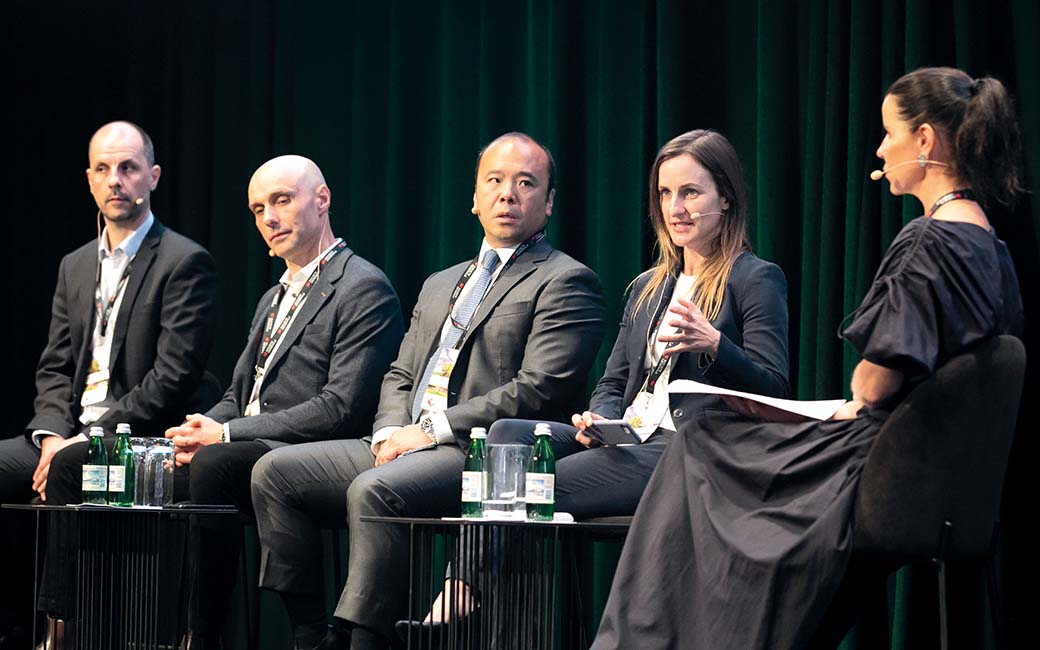
“In Australia, we rely on minimum standards and software at the new home phase. The purpose for which energy efficiency data was originally collected was essentially for getting a building permit and not necessarily for the broader purposes of banking and finance."
“Green and sustainable finance has rapidly developed in Australia. However, green home loans and green RMBS represent a small percentage of the total for each asset class. In 2022, green securitisation represented 3 per cent of total supply. There has been growth but there are still opportunities.”

“It would be ideal to have aggregated data, at national level, that provide a consistent level of reporting and transparency for the market to digest – particularly from a securitisation perspective. The NCC 2022 provides this for new houses and new apartments but there is a great amount of work to be done on existing stock, including the opportunity for retrofitting and home energy improvements, given its scale. This is a challenge and an opportunity for industry members and financiers.”


HIGH-GRADE ISSUERS YEARBOOK 2023
The ultimate guide to Australian and New Zealand government-sector borrowers.

nonbank Yearbook 2023
KangaNews's eighth annual guide to the business and funding trends in Australia's nonbank financial-institution sector.

WOMEN IN CAPITAL MARKETS Yearbook 2023
KangaNews's annual yearbook amplifying female voices in the Australian capital market.









